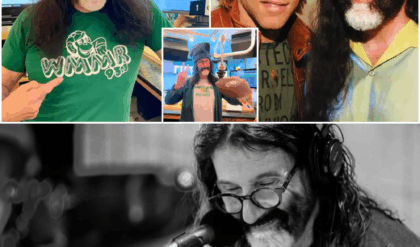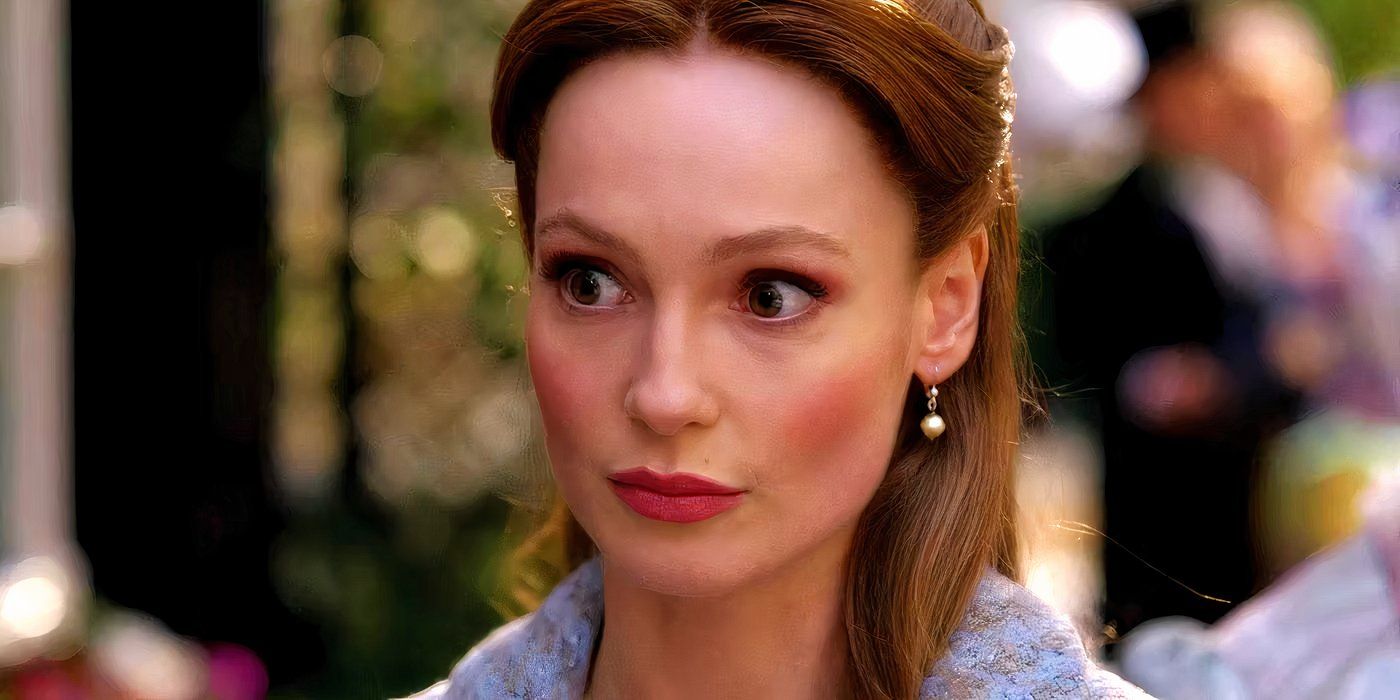
Glamour recently broke down the new character Michaela Stirling after the premiere of Bridgerton season 3 part 2. The piece features a quote from showrunner Jess Brownell explaining that the decision came from feeling that there was “fertile ground thematically” to tell a story about a major Bridgerton character on the LGBTQ+ spectrum. Brownell also insisted that this future exploration of Francesca’s identity is not intended to negate her relationship with John and that the writers are “hopeful to tell a very nuanced story about Francesca having two great loves in her life.” Read Brownell’s full quote below:
So the first time I read When He Was Wicked, which is Francesca’s book, I really related to it as a queer woman. Her book talks a lot about how different she feels, and I think Julia Quinn’s intention in the book is just that Fran feels different because she’s introverted. But for many of us in the queer community, that sense of feeling different is a part of our stories. I felt like there was fertile ground thematically in her book to nod toward telling a queer story. There are also some elements of her story that allow us to make sure we can tell a pretty happy ending for Francesca and Michaela. It was important for me in telling a main queer story for us to be able to give them a happily ever after, as we have with every other couple. In terms of John, I know people are really resonating with that relationship, as do I. We love that relationship in the writer’s room. I just want to say that I don’t think that the reveal of Francesca’s future queerness negates what she has with John. I personally don’t believe in a hierarchy of relationships. Every relationship is different, and lots of different kinds of love are valid. The kind of love she has for John is very real. It’s much more based on companionship and friendship and respect and shared interests than it is perhaps on passion. But passion is just one element of a relationship. Going forward, I’m hopeful to tell a very nuanced story about Francesca having two great loves in her life.
Michaela Stirling Is The Perfect Next Step For Bridgerton’s Love Interests
The Netflix Show Presents A More Diverse Perspective On Historical Romance
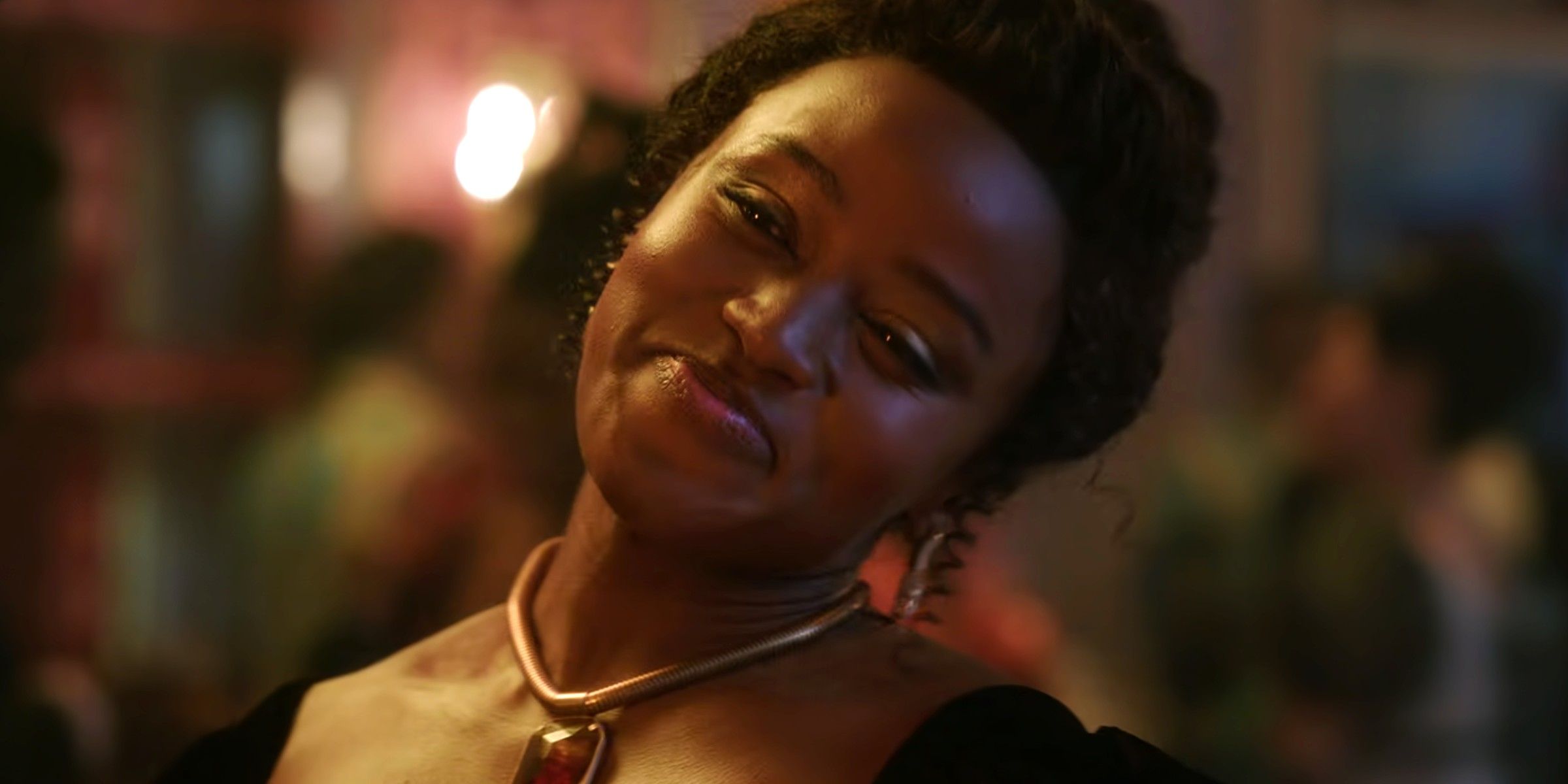
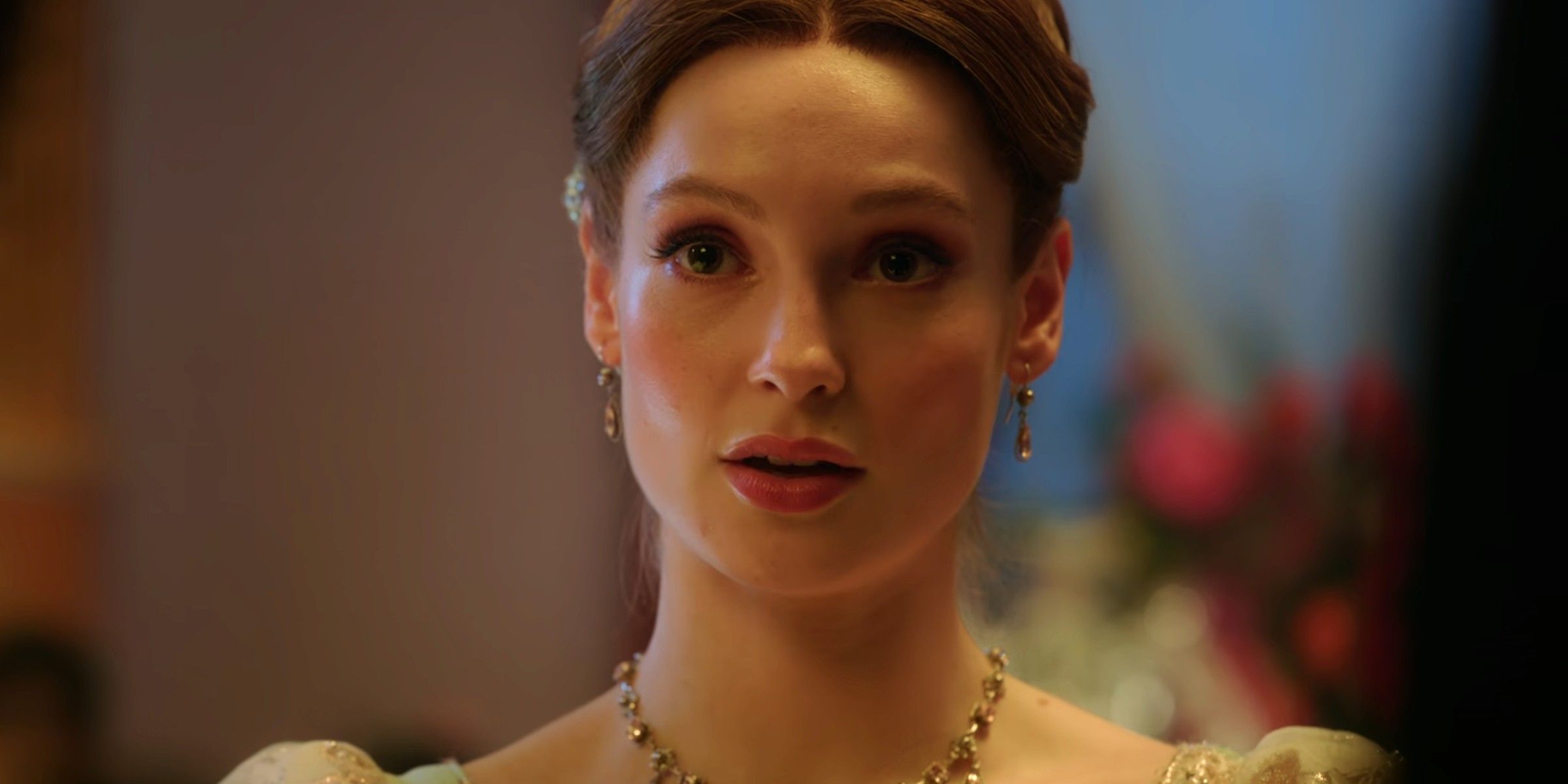
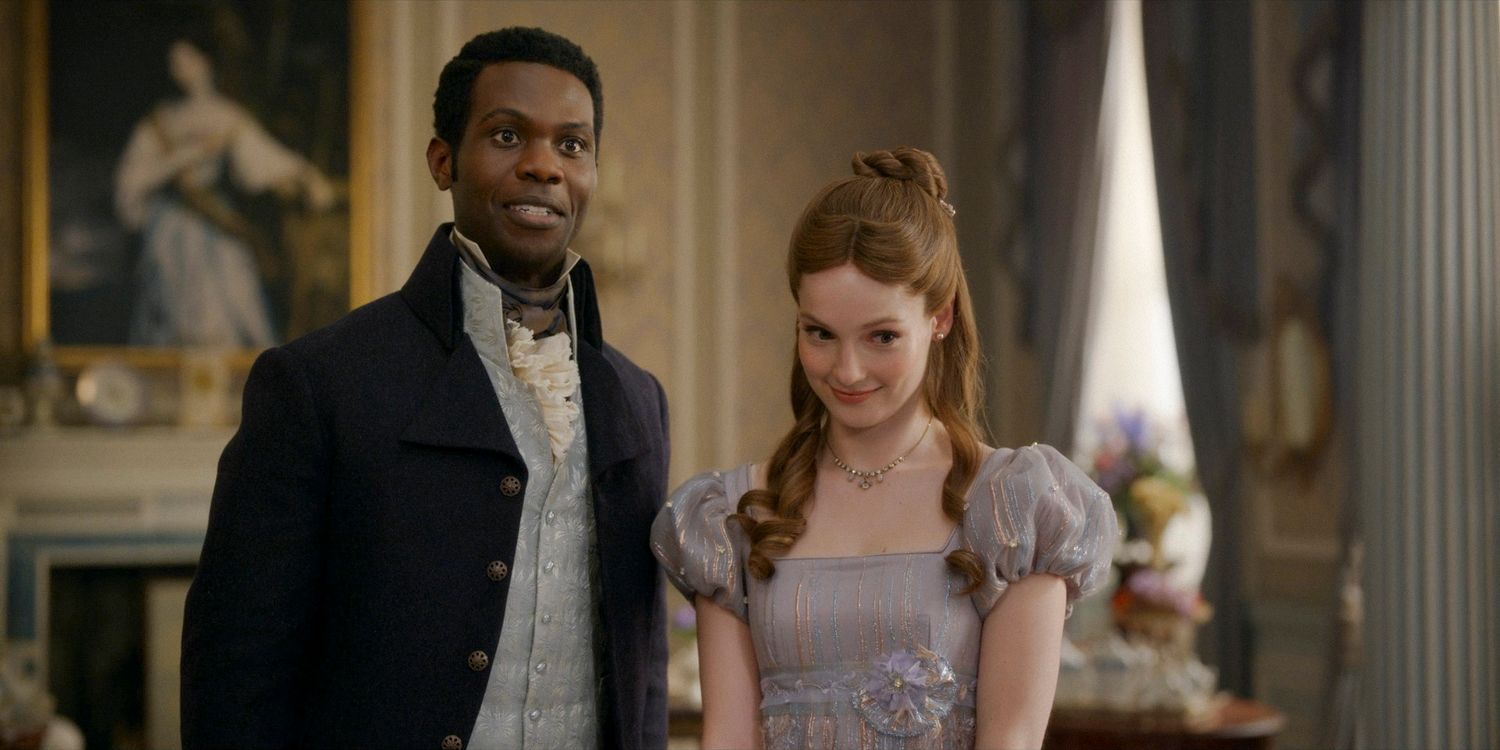
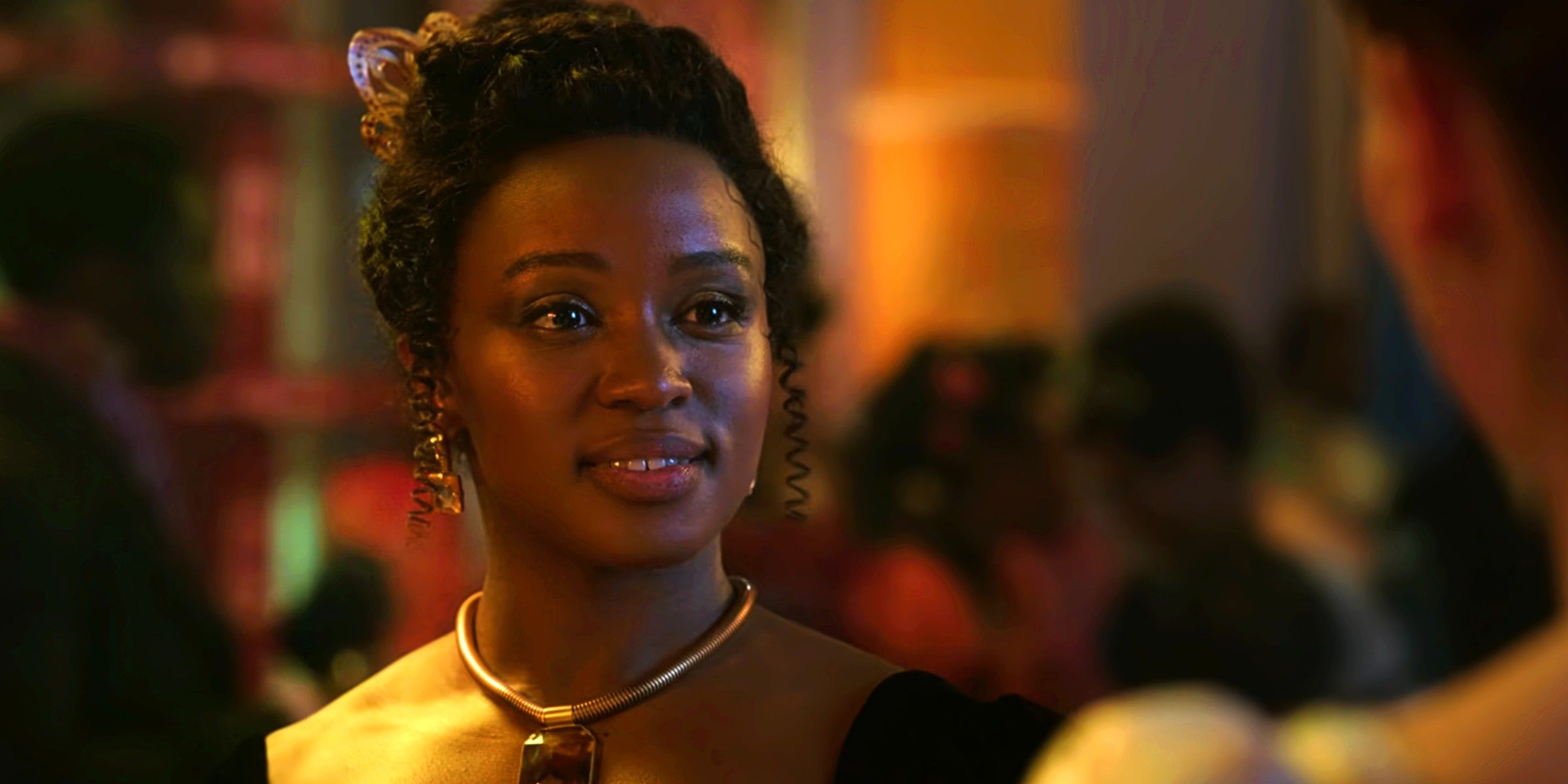
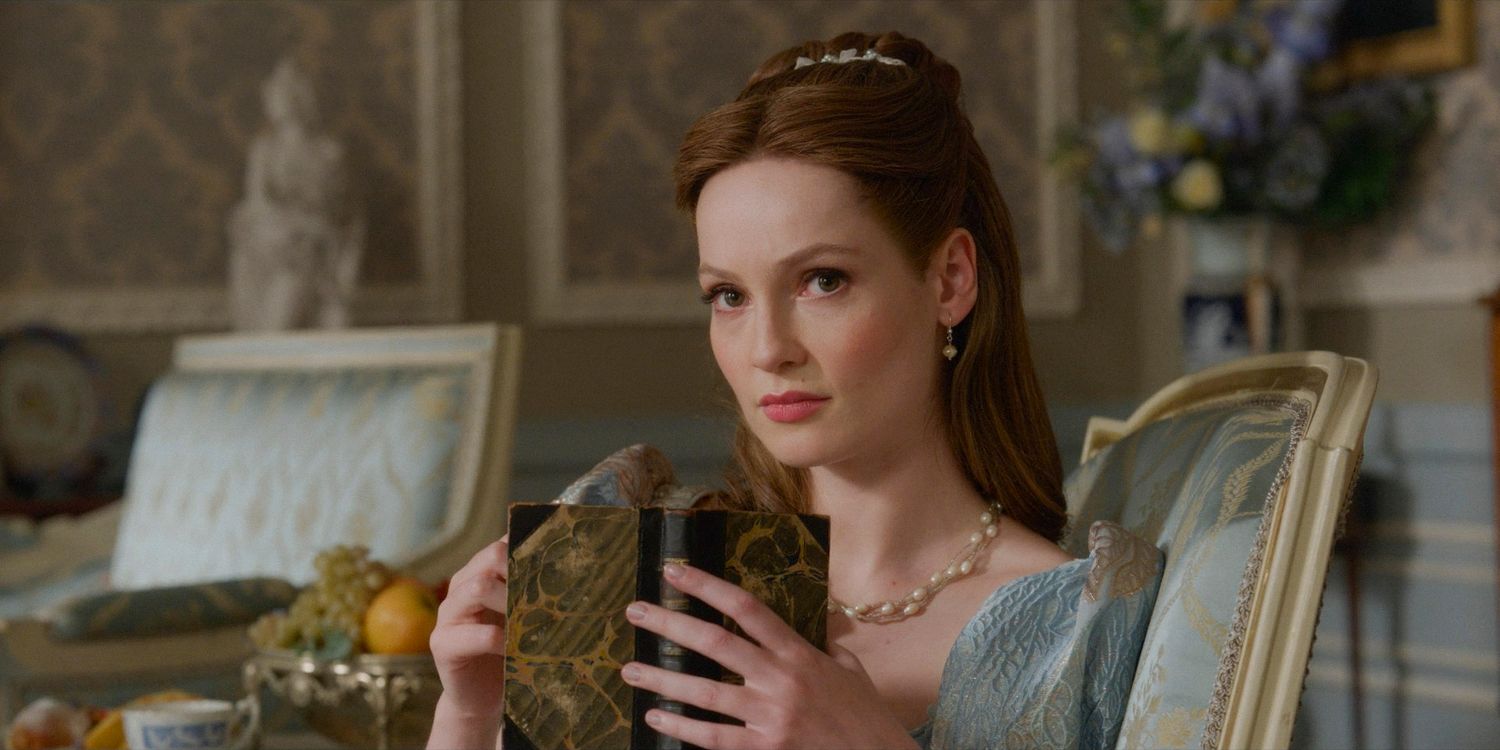
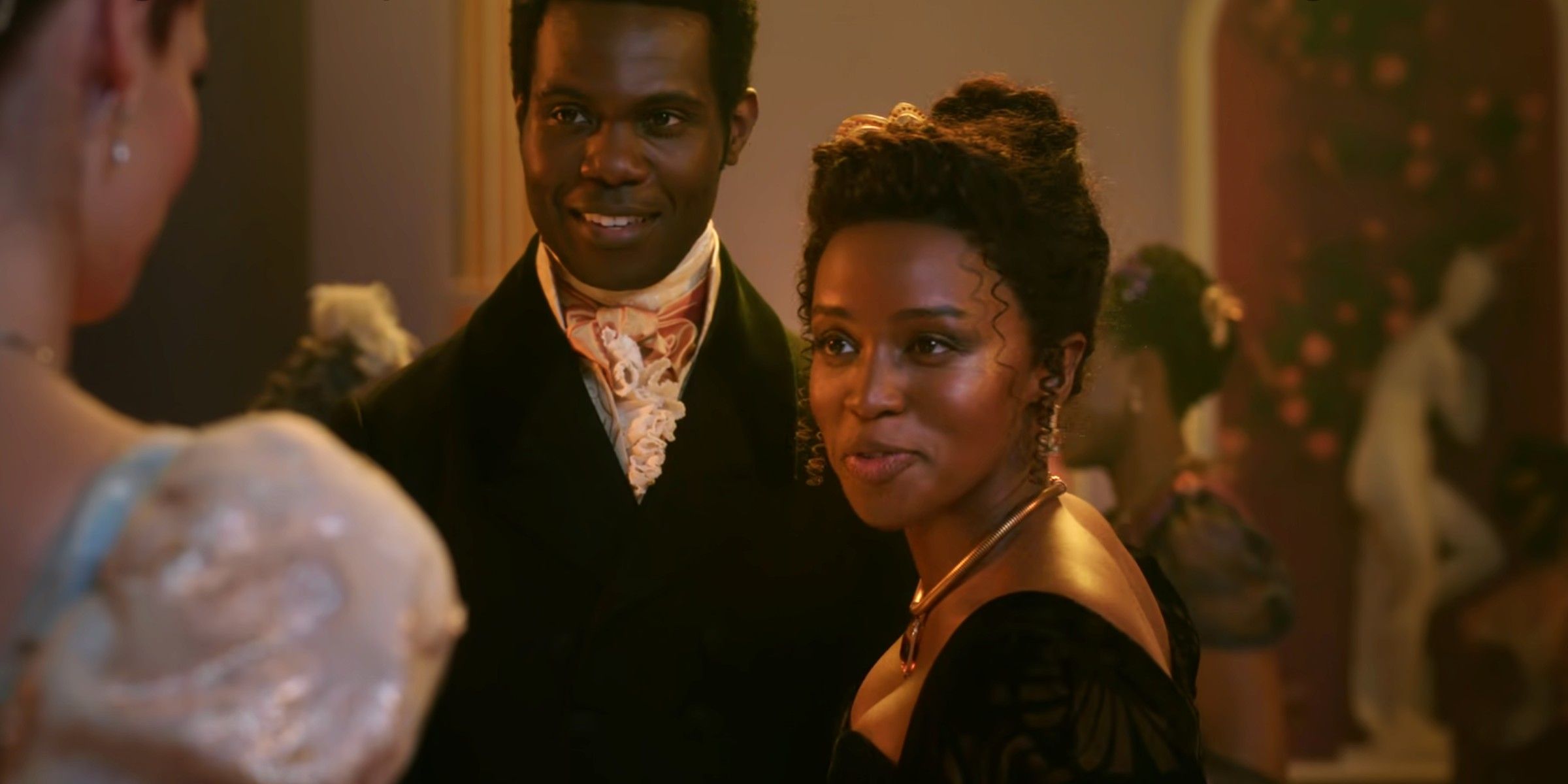






Bridgerton ’s habit of freely adapting original characters in terms of their racial identity can easily expand to include more differences from the page regarding gender identity and sexuality.
The arrival of Michaela Stirling in the Bridgerton season 3 ending was a major reveal for the Netflix show. However, the show has already set a precedent for making major changes to the characters from the source material. This has been able to happen because the show is set in a fictionalized version of the Regency era where there was more racial diversity in the ranks of the British nobility in honor of the biracial heritage of King George III’s (James Fleet) wife Queen Charlotte (Golda Rosheuvel). This was not the case in the original novels.
As a result of this change, the Bridgerton cast has featured a largely race-blind approach throughout its first three seasons. This includes casting British-Zimbabwean star Regé-Jean Page as Daphne Bridgerton’s (Phoebe Dynevor) season 1 love interest Simon Basset, Duke of Hastings. They also previously changed Anthony Bridgerton’s (Jonathan Bailey) book 2 love interests, the Sheffield sisters, into the Sharma sisters, played by Simone Ashley and Charithra Chandran, who are both British actors of Indian Tamil descent. The show also features many non-White supporting roles in its ensemble, including original characters as well as others taken from the novels.
Bridgerton’s habit of freely adapting original characters in terms of their racial identity can easily expand to include more differences from the page regarding gender identity and sexuality. There is likewise already a precedent for the show to feature more LGBTQ+ content than the novels, as season 3 also showcased Benedict Bridgerton (Luke Thompson) exploring his bisexuality following hints of his identity being dropped in earlier seasons. With all of these elements combined, the show should quite easily be able to fold Michaela into Francesca’s story from the original novels.





